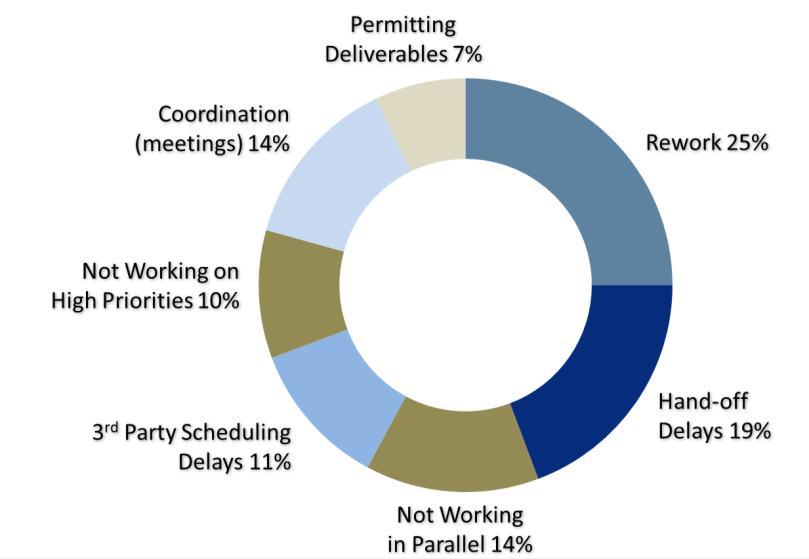
2 minute read
What information does the management team need to better run operations?
6. What ‘data integration’ requirements do you feel must be addressed?
Answer: The well planning, permitting and resource scheduling processes will be managed by the WPM solution. So by definition, it will be the system-of-origination for over 90% of the well data. Our other enterprise systems need to be able to access this data to improve efficiency. For data that originates in other systems, we need the WPM to import the valuable subsets of this data and display it along with WPM data in task-specific input forms, to enable efficient decision making and deliverable creation.
Advertisement
7. Do business executives and IT have a preference for the process solution to be a ‘custom developed’ or a proven ‘packaged’ solution?
Answer: The anticipated productivity, revenue acceleration, and working capital benefits are too great to risk waiting on a custom solution. Our most pressing concern is how quickly we can implement. Custom development, even with platforms like SharePoint, requires an investment of time to document the business requirements, architect the solution, develop the custom workflow and analytical capabilities, perform QA, and test the solution. Long-term support is also a concern. We prefer an industry-specific solution, used by other E&P companies like ourselves, that is clearly going to be supported and enhanced by the vendor.
Process Review
Upon completion of management interviews, the Acme Energy process team reviewed the process from Concept to Tie-In, and provided the following observations: 1.) The asset teams needed to transition from a Departmental focus, to a Process focus. 2.) Prior attempts to document the process failed because they were too detailed and focused on all the work that everyone does, instead of targeting what needed to be tracked to meet milestone and schedule commitments.
3.) Significant time was lost to perennial and avoidable rework loops. Acme Energy tracked and charted the permit deficiencies they received from the Bureau of Land Management. Where applicable, deficiency mitigations and mistake-proofing were incorporated back into the procedure template to minimize the risk of repeat occurrence and improve the process. 4.) Internally recognized risks, issues, and rework were captured, tracked, and analyzed for patterns. These resolutions were incorporated back into the procedure template to minimize the risk of repeat occurrences, again, improving the process. 5.) There was no easy way to identify and prioritize the most time-sensitive and critical work. Well planning team members were juggling work on hundreds of in-flight wells, at one time. They




